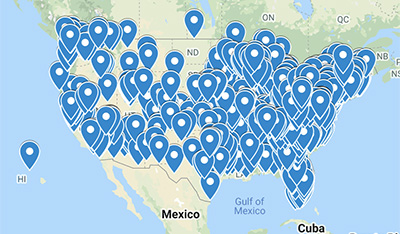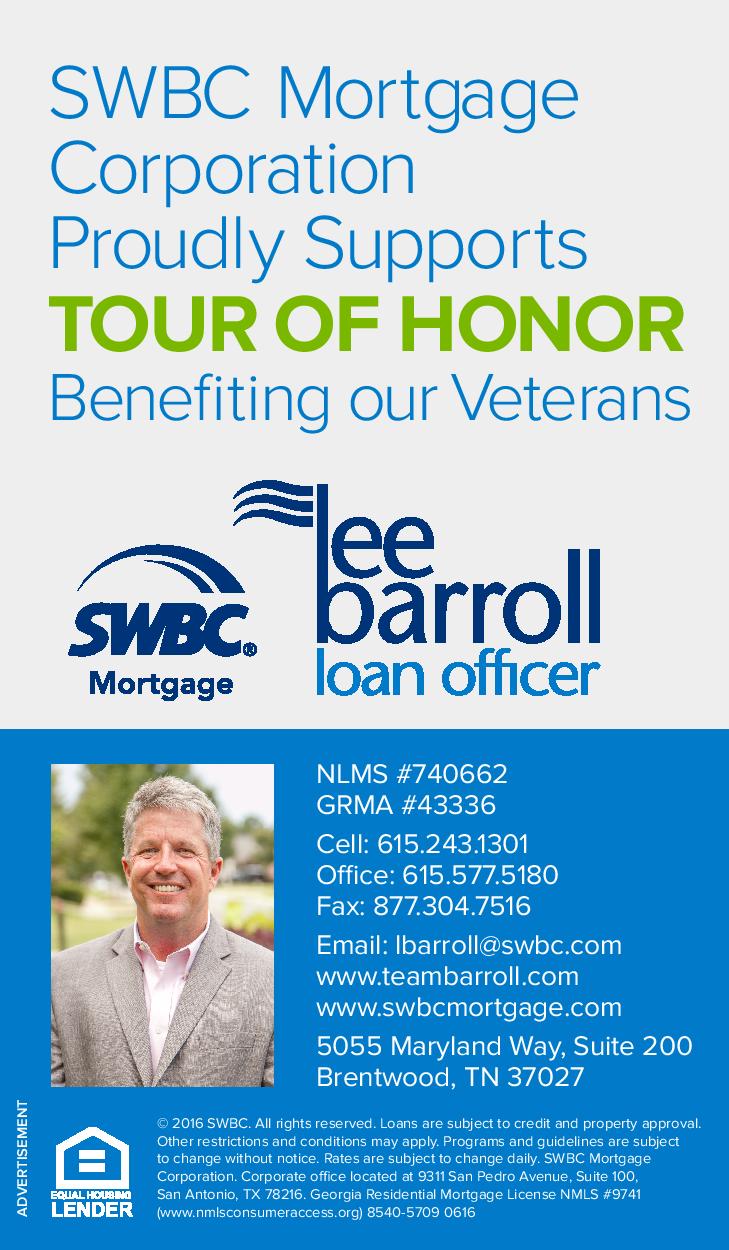
| |
| Home |
| 2025 Memorial Sites |
| Registration |
| Rider List |
| RULES and FAQs |
| Additional Rides |
| TOH Store |
| Archived Memorials |
| WELCOME! Banners |
| Donate |
| Contact Us |
9/11 Memorials |
|
 |
|
9/11 - A TIMELINE
| |
September 11, 2001. The date alone is capable of sending shockwaves through the American population because of the horrific events which transpired on that bleak day. To fully understand what the terrorist attacks of 9/11 meant for the United States of America and why it had such a profound impact on the nation, we must first take a look at the past and our strained relationship with Al-Qaeda. While there is a long history of American involvement in the Middle East, especially in regards to the Soviet-Afghan War, it wasn’t until the terrorist organization known as Al-Qaeda was formed that our country became a major target. One of the group’s founders, Osama bin Laden, retaliated in response to America’s persistent involvement in Afghanistan by launching attacks on United States soldiers, vehicles, and embassy buildings. The attacks grew steadily more violent as Osama bin Laden’s organization allied with the Taliban—a political group in Afghanistan. Although Americans were being targeted overseas and our military was doing what they could to stop Al-Qaeda and the Taliban, civilians living back in the United States went about their days, largely unaffected by what was happening elsewhere in the world… until September 11th, 2001. Between the hours of 5:45 a.m. and 7:35 a.m., a total of nineteen Al-Qaeda agents entered the United States with devious intent. At 8:00 a.m., American Airlines Flight 11 took off from Boston with eleven crew members, seventy-six passengers, and five hijackers on board. At 8:15 a.m., United Airlines Flight 175 took off with nine crew members, fifty-one passengers, and five hijackers on board. At about this time, the terrorists aboard Flight 11 took over the plane using extreme violence and rerouted the flight toward Manhattan. Using an inflight phone, an attendant named Betty Ann Ong began to relay information to ground control for roughly two minutes before the hijackers turned off the plane’s transponder, a device which allows air traffic control to monitor a plane’s flight path. Other flight attendants began to follow Ong’s lead by calling people on the ground and offering important information, including descriptions of the perpetrators. At 8:20 a.m., American Airlines Flight 77 took off with six crew members, fifty-three passengers, and five hijackers on board. The final plane, United Airlines Flight 93, departed at 8:40 a.m. after a delay caused them to remain grounded for 40 minutes. On board were seven crew members, thirty-three passengers, and four hijackers. It was about this time when the Boston Air Traffic Control Center alerted the U.S. Air Force’s Northeast Air Defense Sector (NEADS) about what was happening on Flight 11. As NEADS mobilized the Air Force, the terrorists aboard Flight 175 were in the process of hijacking their plane. Before the Air Force had enough time to locate Flight 11, the plane crashed into the North Twin Tower at 8:46 a.m., instantly killing everyone on board and the hundreds of citizens working on floors 93 through 99. Emergency stairwells and elevators became inaccessible to those above the 91st floor, trapping them in the burning building. It took no time at all for police, paramedics, and firefighters to race to the scene. They worked diligently to save civilians both in the building and on the ground, while also securing the World Trade Center in the event of fallout or a collapse. At 8:55 a.m., an inspection of the South Tower concluded and a Port Authority fire safety employee made an announcement over the public address system to inform those in Building Two to return to their offices because the building was deemed “secure, with no need to evacuate.” Regardless of this announcement, police sergeant, Al DeVona issued orders to commence evacuation of both towers. The bravery of the officers, paramedics, and fire fighters that day undoubtedly saved hundreds of lives. Unfortunately, the nightmare was far from over. By this time, news had broken about the hijackings and the attack on the North Tower. Passengers aboard Flight 175 began calling friends and family members to give their final goodbyes. Their lives came to an abrupt end at 9:03 a.m. when the plane collided with the South Tower. All passengers, crew members, and employees on floors 77 to 85 in the building were killed on impacted. While no one knows exactly how many people lost their lives during the second attack, officials believe it to be in the hundreds. In response to the destruction, the New York Police Department and Fire Department deploy 2,000 more officers and hundreds of firefighters, even calling in off-duty personnel to assist. Over the coming half hour, President George W. Bush was flown to a secure location in Louisiana, the New York City Mayor arrived at the NYPD Command Post to help oversee relief efforts, and Vice President Dick Cheney was evacuated to the Presidential Emergency Operations Center beneath the White House. While citizens mourned for the losses in New York, another attack occurred at 9:37 a.m. in Virginia when Flight 77 crashed into the Pentagon. All the passengers, along with 125 military and civilian workers in the building perished. With the attacks no longer isolated at the World Trade Center in New York, it became clear to everyone that this was an assault on the nation. In an attempt to prevent any further plane hijackings, the Federal Aviation Administration (FAA) grounded all flights at 9:42 a.m. This forced all planes that were in U.S. airspace to land as soon as possible and prohibited the departure of any more flights. Even with all these efforts, it was too late for Flight 93. Thirty-seven phone calls were made by the passengers aboard the last hijacked plane, so officials on the ground knew it was only a matter of time before the terrorists crashed into another American landmark. Because Flight 93 flew so low and many of the calls pinged off of cell towers in Pennsylvania, security officials were convinced the terrorists were headed to Washington D.C. The Capitol building and White House were evacuated promptly in expectation for another attack, but something unexpected happened. While there is no denying the bravery and heroism that the firefighters, police officers, and paramedics displayed that day, the self-sacrifice of those aboard Flight 93 cannot be downplayed. The civilians aboard the hijacked flight, knowing they wouldn’t get out of the situation with their lives, did the unthinkable. At 10:00 a.m., the passengers and crew members stormed the cockpit in an attempt to take out their captors. With no one at the controls, Flight 93 crashed in an empty field near Shanksville, Pennsylvania. There is no telling exactly where the Flight 93 hijackers were headed, but if it wasn’t for those heroic citizens aboard the plane, many more people would have died. Within a matter of hours, nineteen men managed to rattle the entire United States of America. Confidence in homeland security was shattered, rage over the senseless deaths pushed us into a “War on Terror,” and the entire nation was in mourning over what had happened on the morning of 9/11/2001. Of the nearly 3,000 victims who perished during the terrorists attacks, 343 were firefighters, 60 were police officers, and 8 were unaffiliated paramedics, but their deaths were not in vain. There were many heroes on that day, but there were many victims as well—victims who lost their lives, victims who lost their loved ones, and victims who fell in combat while fighting Al-Qaeda after the fact. Ride with respect, ride with pride, ride with honor. And never forget. There will be three basic levels of finishers: Highly motivated riders can reach an even higher level: This challenge is to collect photos of Memorials that include a reference to 9-11. Only one credit will be scored per memorial, and only one per location.
Each submission should clearly show: IMPORTANT: When it is not possible to include your motorcycle with the memorial in a single photo for any reason, include a 2nd photo with your motorcycle and rally flag parked in nearby designated parking. *PARKING or RIDING on sidewalks or lawns is not permitted unless specifically authorized by local law enforcement or memorial caretakers. TOH scorers will have final say whether a site is allowed or not. |
|

| |
Click on the map above for an interactive map of known 911 Memorials. Click here for a GPX file (rev. 3/25/25), and an up-to-date listing by state here. The map and GPX file are provided by scorer Eric Marshall. For corrections, updates and/or additions, let Eric or Marlisa know at photos@tourofhonor.com NOTE: The list mentioned above has a column labeled “Restrictions.” Any locations labeled something other than “none” may have a restriction of some kind. Examples would include, but not be limited to: military installations, museums, offices, cemeteries, etc. These may be accessible only on certain days, have limited hours, require a special ID or guest pass, have an admission fee, etc. It is up to riders to pre-scout locations to determine access. Photos of museum doors, hangars, guard shacks or other barricades visited on days or during hours when access to the object of the visit isn't available, are not eligible for scoring. |
>
|
||||||





